Tag Archives: imaging
Continuing Journeys in Space: Human Cell Atlas Asia and Our Spatial Omics Series
Scott Edmunds - November 30, 2024

Human Cell Atlas Asia 2024: A Spatial Omics Odyssey The GigaScience Press Cross Journal (GigaScience and GigaByte) series on “Spatial Omics: Methods and Application” continues to receive and publish submissions. Promoting and providing a home for cutting edge research in new field taking large-scale data-rich biological and biomedical research into new dimensions. This month new […]
MicroCT Imaging of Metamorphosis in the African Clawed Toad
Chris Armit - July 19, 2024

MicroCT imaging is an exceptional tool for 3D visualisation. A new Data Note published in GigaScience reports on a unique, high-quality series of MicroCT images that covers the lifespan of an amphibian from tadpole to froglet to mature adult frog. The Data Note reports on a 3D anatomical atlas of an important model organism of […]
Multi-dimensional data for Cooinda the dingo
Hans Zauner - March 30, 2023
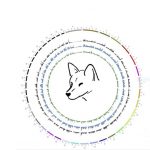
A new GigaScience article presents rich multi-dimensional data on a female dingo, Cooinda, including a whole genome sequence.
Cell Biology in Washington DC: GigaScience at ASCB/EMBO Cell Bio 2022
Chris Armit - January 29, 2023

Write-up of the American Society for Cell Biology (ASCB) and European Molecular Biology Organization (EMBO) 2022 Meeting
AI Opportunities for Obsessive-Compulsive Disorder. Q&A with Henry Szechtman
Chris Armit - October 20, 2022
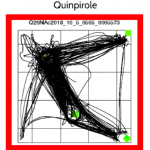
Q&A with Henry Szechtman on his new study providing enormous amounts of rat Obsessive-Compulsive Disorder data, comprising 11.1TB of videography from >2 years of continuous recording .
GigaScience at VIZBI 2022
Chris Armit - April 7, 2022
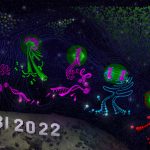
Write-up of the The 12th international meeting on Visualizing Biological Data (VIZBI) conference
3D imaging of the proteus, a mysterious cave-dwelling salamander
Hans Zauner - April 6, 2022
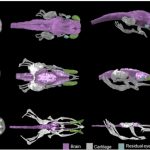
Newly published high-resolution images of the head of the blind salamander Proteus anguinus reveal adaptations for life in the dark.
Open imaging data to assist AI in the COVID-19 fight. Q&A with Dominic Cushnan
Scott Edmunds - November 25, 2021
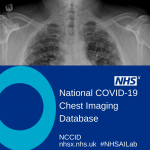
We have an author Q&A with Dominic Cushnan, Head of Artificial Intelligence (Imaging) for NHSX, on his Data Note on the National COVID-19 Chest Imaging Database.
GigaScience at VIZBI 2021
Chris Armit - April 14, 2021

GigaScience are huge fans of the VIZBI – Visualising Biological Data – conference and our Data Scientist Chris Armit details the major highlights of VIZBI 2021.
A step-by-step guide to 3D print a scientific publication.
Scott Edmunds - March 9, 2021
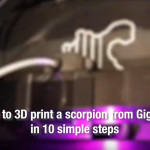
To promote re-use of microCT data and 3D models we have produced a video guide on how to 3D print a scorpion from GigaDB in 10 simple steps.